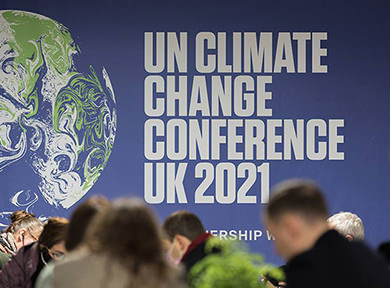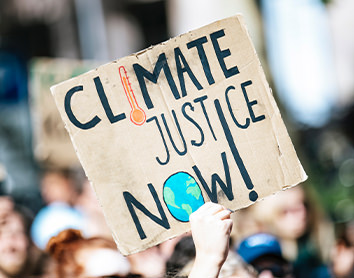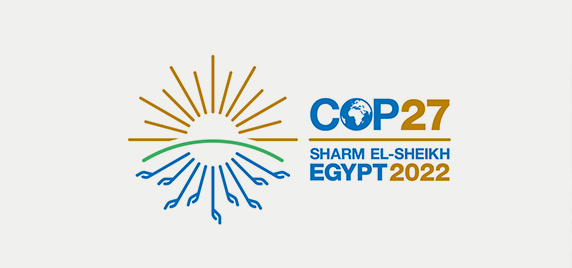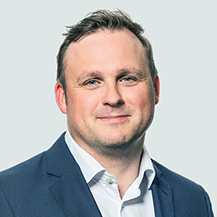The two weeks of COP26 have focused the world on the issue of climate. And whilst most of the headlines have been dominated by what will (or won’t) happen by countries around the world, it is clear that businesses should feel empowered to take up the mantle.
It is striking that the main difference between Paris in 2015 and Glasgow is the number of multinational and large corporates from all sectors who have turned up to an event which used to be a diplomatic conference. In fact, companies have never before been under so much pressure both internally and externally to lead the transition to net zero. And this expectation will only increase once COP has finished.
So, how do corporate comms leaders prepare for this with their ESG strategy?
Get to know everyone
Firstly, identify who your stakeholders are. This may seem a simple exercise, but most people tend to focus on the external: customers, investors and regulators. Employees have long been an overlooked and neglected group. With an ever-increasingly competitive labour market, employees (especially those just entering the workforce for the first time) want to align themselves to their employer’s purpose and values. Listen to what they have to say and engage them directly on your plans and strategy to bring them along on your transition journey. There are also wider groups such as NGOs or activists that you may have never dealt with before. Take the initiative and get in touch with them early to build a relationship. This will provide you with vital intelligence, the ability to have an open conversation out of the spotlight and will allow you to build an understanding of the upcoming issues, regulations or trends that you may need to address.
Show your working
For years, companies have set a 2050 net zero target aligned to the Paris 2015 agreement. And there is currently no excuse for any company not to have a target in place. However, all stakeholders are also demanding realistic and actionable interim goals as well. The urgency felt from COP has meant that these shorter targets measuring progress against carbon emission reduction are essential to all businesses. It’s a bit like what my son’s maths teacher recently told me at parent’s evening – she doesn’t want to just see an answer at the end but the working out of how he got there in clear stages. So, while having a 2050 net zero target is still the end goal, people will want to see for instance a 2030 goal for your company’s own operations or a certain percentage reduction by that date. And this isn’t just for emissions. The demand for interim goals enters the social agenda with increased focus on setting short-term targets for gender and ethnic inclusivity in senior positions as well as throughout an organisation.

Engage
Transparency is key to showing all these stakeholders your direction of travel. Whilst investors have long been demanding the ESG policies of who they invest in, increasingly consumers and jobseekers are also carrying out their research before deciding where to put their money and career. It is no longer advisable to just have your ESG policies tucked away in an Annual Report and Accounts in a PDF download on your corporate website. Dedicate a section or page on your global shop window explaining your aspirations and where you want to be on that journey. And remember, you don’t have to have all the answers at that stage but be prepared to engage.
Ultimately, all your stakeholders will have been expecting COP26 to put in place the diplomatic and regulatory infrastructure to tackle one of the greatest threats to the global economy and society. Whilst some progress will have been made, I am certain many will be coming away with as many questions as there have been answers.
Although governments may have made little progress, you have an opportunity as a leader within your business to reassure your investors, employees, the media, and wider society that you are doing your part to tackle climate change in a way that is effective and transparent.
Our case studies
-
Phoenix Group
We have worked with Phoenix Group on its materiality assessment which informed both its sustainability strategy and reporting…
Read more -
Sky
Sky Ocean Rescue was established in 2017 to highlight the single-use plastic crisis and to show the public…
Read more -
Government department
Our client, Government department, engaged Havas to lead its National Research Engagement programme on Climate Action...
Read more
More insights
-
Meaningful brand survey
Exploring prevailing attitudes of our consumers, employees and C-Suite leaders to accelerate business transformation through sustainability.
Read more -
Guide to COP27 – A Cicero/amo briefing
There are now less than three months to go until the next United Nations COP27 summit...
Read more














